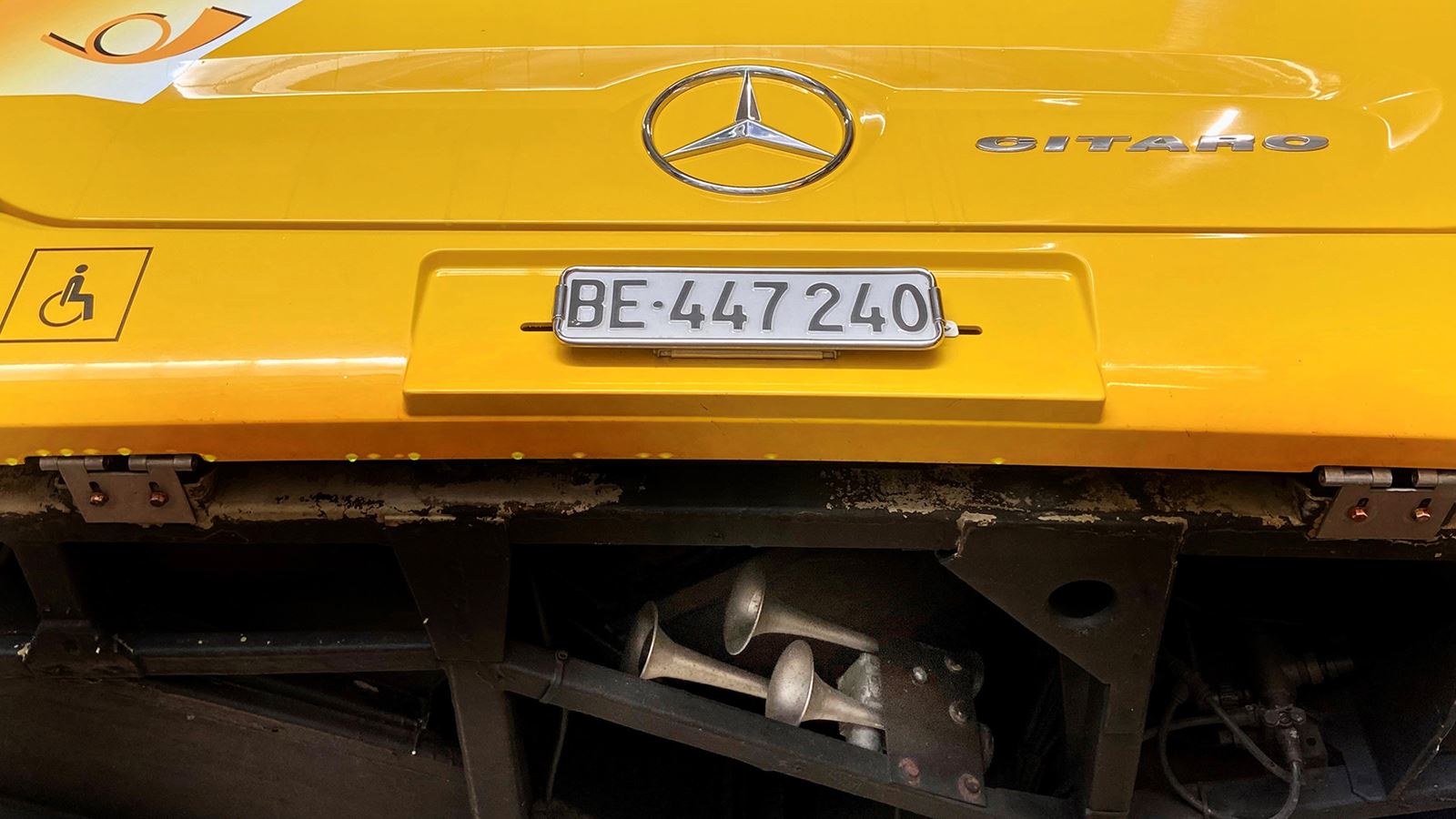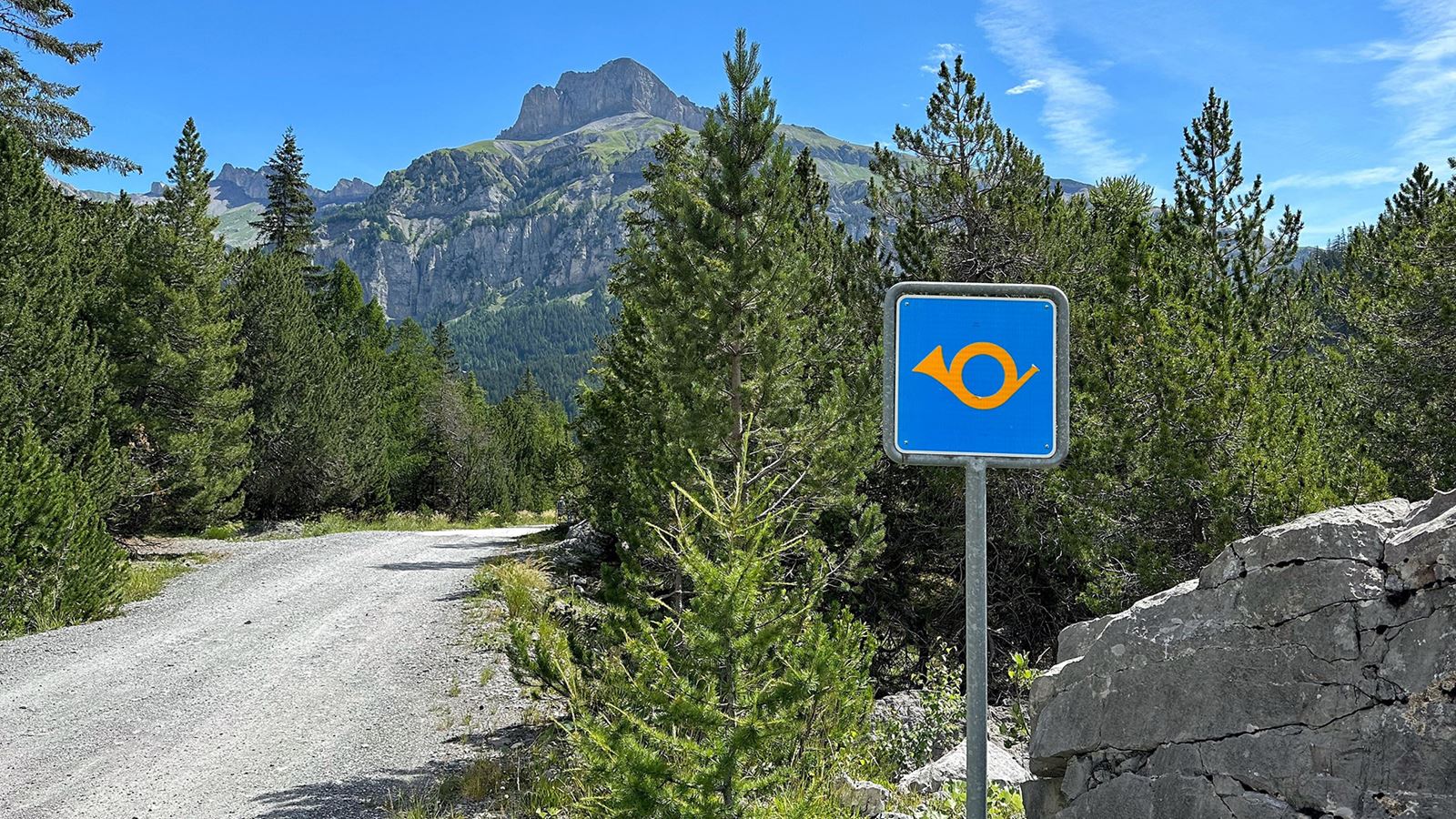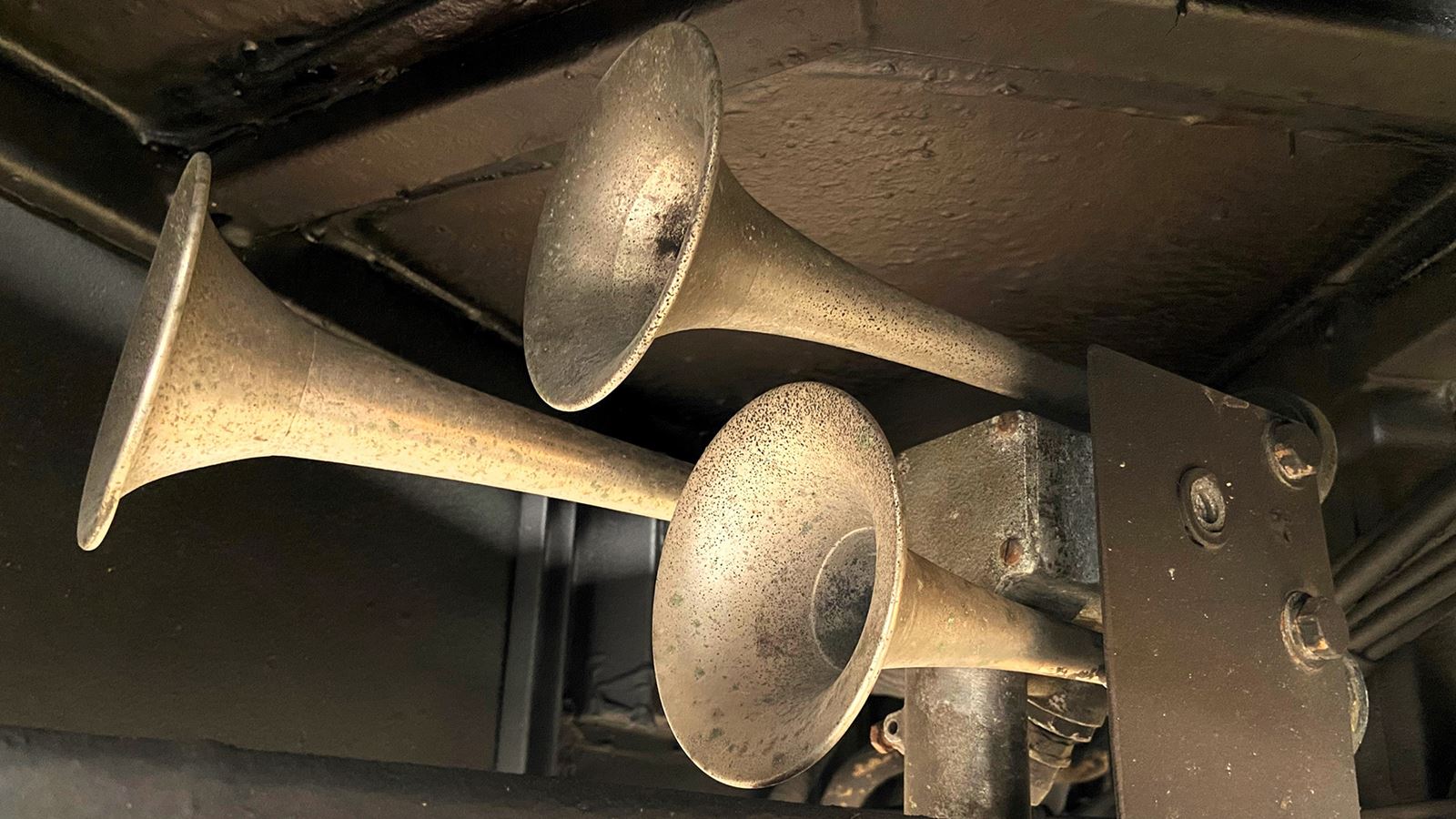Press releases
The PostBus three-tone horn
The “Du-Da-Do” turns 100
Every child in Switzerland can imitate the “Du-Da-Do” three-tone horn. Exactly 100 years ago, the first Postbus drivers sounded the unmistakable warning signal. PostBus is celebrating this anniversary and getting the public involved.
Rich Content Section

The PostBus three-tone horn is part of Switzerland’s acoustic cultural heritage. Along with the colour yellow, it is PostBus’s most distinctive feature. Many people think of school trips or holiday excursions on winding roads and hear the “Du-Da-Do” when they think of the word “Postbus”. For a century, the tone has sounded from three metal horns attached to the underside of the Postbuses and powered by an electric compressor.
The first horns were installed for the launch of the motorized “Alpenpost” service in 1919. The narrow pass roads were used not only by Swiss Post buses, but also increasingly by private automobiles. Accidents were frequent, and Swiss Post decided that Postbus drivers should sound a horn to warn other road users about blind spots. However, the first hand-operated horns couldn’t be heard past a short distance. A group of Swiss Post experts commissioned a design using an electric compressor. This resulted in the first prototype of the Postbus three-tone horn, which has been in use since 1924.
The reason that so many people primarily associate the post horn with mountain trips is simple: use of the horn is restricted to mountainous postal routes, which are designated by a yellow horn on a blue background. The cantons have been responsible for signalization since 1992. However, Postbus drivers sometimes make an exception and sound their 120-decibel horns for special events.

Robust construction
Because the use of the three-tone horn is prescribed in law, only around 700 of the 2,300 Postbuses are equipped with the post horn. A maximum of 30 new horns are needed every year, as their surface is nickel-plated and therefore resistant to moisture, salt, cold and heat. This means that the special Postbus horns, hand crafted in brass and aluminium, have a long service life. Every few years, they are checked and retuned so that they can sound the original three-tone signal of “C-sharp–E–A”, which is based on the overture from Gioachino Rossini’s “William Tell”. PostBus disassembles the horns in all decommissioned vehicles, as the three-tone horn is a registered trademark. One of the ways in which PostBus will be celebrating the “100 years of Du-Da-Do” anniversary is a public competition.







